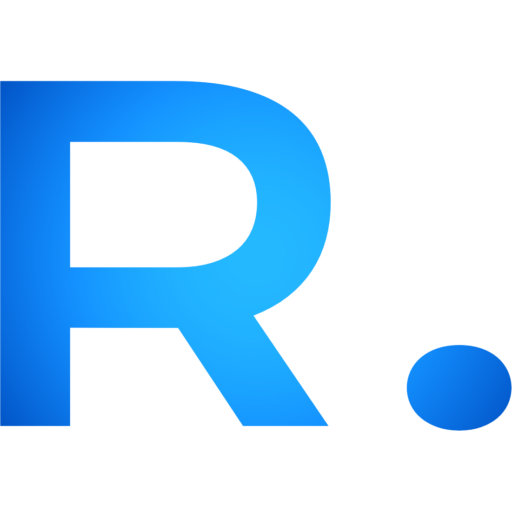Plastic recycling is a critical part of reducing waste and conserving resources. However, not all plastic waste is created equal. Two primary types of plastic recycling are Post-Industrial 그리고 Post-Consumer. While both aim to recycle plastic and reduce landfill waste, they operate under different conditions and processes. In this article, we’ll explore the distinctions between these two recycling methods and their unique advantages.
What is Post-Industrial 플라스틱 재활용?
Post-industrial plastic recycling refers to plastic waste generated during the manufacturing process of plastic products. This waste is often clean, unspoiled by contaminants, and produced in large quantities. For plastic manufacturers, recycling their own waste is not only an environmentally friendly choice but also a cost-effective strategy. Instead of sending waste to landfills, producers can reuse it directly in their production lines.
One of the main benefits of Post-Industrial Recycling is that the waste material is controlled and homogeneous, making it easier to process. With recycling machines from 럼투, post-industrial plastic waste can be reintroduced into production lines at a rate of up to 100%, reducing the need for new raw materials and lowering overall production costs.
What is Post-Consumer 플라스틱 재활용?
Post-consumer plastic recycling deals with plastics that have already been used by consumers. These can be collected from households, businesses, or other commercial establishments. Post-consumer plastics, also known as PCR (Post-Consumer Recycled) materials, are recycled into new products, thus helping close the loop of plastic usage. However, recycling post-consumer plastic is more complex due to challenges like contamination, variability in plastic types, and the need for extensive sorting.
Before recycling, 소비자 후 플라스틱 must be thoroughly cleaned and sorted into categories. These plastics often require a washing line to remove contaminants and moisture control to ensure the recycled pellets are of acceptable quality. The diverse nature of post-consumer plastics—ranging from bottles to bags—can make it difficult to achieve consistency in the end product.
Major Differences Between Post-Industrial and Post-Consumer Recycling
- Source of Plastic Waste:
- Post-Industrial: Generated during manufacturing and typically uncontaminated.
- Post-Consumer: Collected from consumers after they’ve used the product.
- Contamination and Sorting:
- Post-Industrial: Plastic is usually clean, and waste types are predictable.
- Post-Consumer: Waste must be sorted into categories, often involving cleaning to remove dirt and moisture.
- Control Over Plastic Composition:
- Post-Industrial: Manufacturers know the exact type of plastic they are recycling, ensuring consistency in material properties.
- Post-Consumer: The composition of the plastics can vary widely, as they come from various consumer products and brands.
- Recycling Process Complexity:
- Post-Industrial: Less complex due to the control over waste materials.
- Post-Consumer: More complex, requiring additional steps like cleaning, sorting, and moisture control.
Benefits and Challenges of Post-Consumer Recycling
Despite its complexities, Post-consumer recycling offers substantial environmental benefits. It helps reduce landfill waste, lowers carbon emissions, and conserves resources. However, the process can be more expensive due to the cost of sorting, cleaning, and processing. Yet, companies like 럼투 have overcome these challenges by developing advanced recycling solutions that make it easier for businesses to recycle post-consumer plastics and produce sustainable products.
결론
Whether you are focusing on Post-Industrial 또는 Post-Consumer plastic recycling, understanding the differences is crucial for choosing the right equipment and processes. Post-industrial recycling tends to be more straightforward, with fewer challenges and higher material consistency. On the other hand, post-consumer recycling is more complicated but offers significant environmental rewards. With 럼투의 expertise in both areas, businesses can efficiently handle both types of plastic waste, making it a leader in the industry for sustainability.
자주 묻는 질문:
- 질문 1: What is the difference between post-industrial and post-consumer plastic recycling?
- A1: Post-industrial recycling involves plastic waste generated during manufacturing, while post-consumer recycling involves plastics used by consumers. The main difference is the source and contamination levels.
- 질문 2: Is post-industrial plastic recycling more efficient than post-consumer recycling?
- 답변2: Yes, post-industrial recycling tends to be more efficient since the waste is cleaner, and manufacturers can control the plastic type being recycled, whereas post-consumer recycling requires extensive sorting and cleaning.
- 질문 3: Why is post-consumer plastic recycling more challenging?
- A3: Post-consumer plastic recycling is challenging due to contamination from various products, inconsistent plastic types, and the need for extensive sorting and cleaning.
- 질문 4: How does Rumtoo support post-consumer recycling?
- A4: Rumtoo offers advanced recycling machines that help streamline the post-consumer recycling process, overcoming challenges like contamination and improving efficiency.
- 질문 5: Can post-consumer plastic be recycled into high-quality products?
- A5: Yes, after proper cleaning, sorting, and processing, post-consumer plastics can be recycled into high-quality products suitable for various industries.



